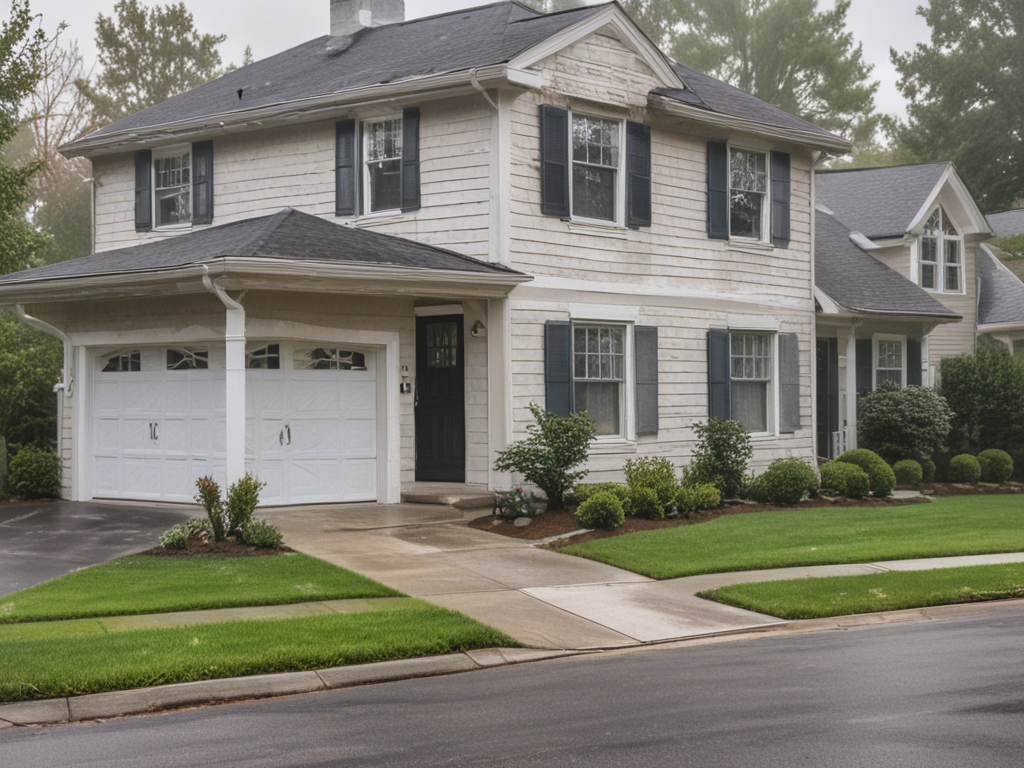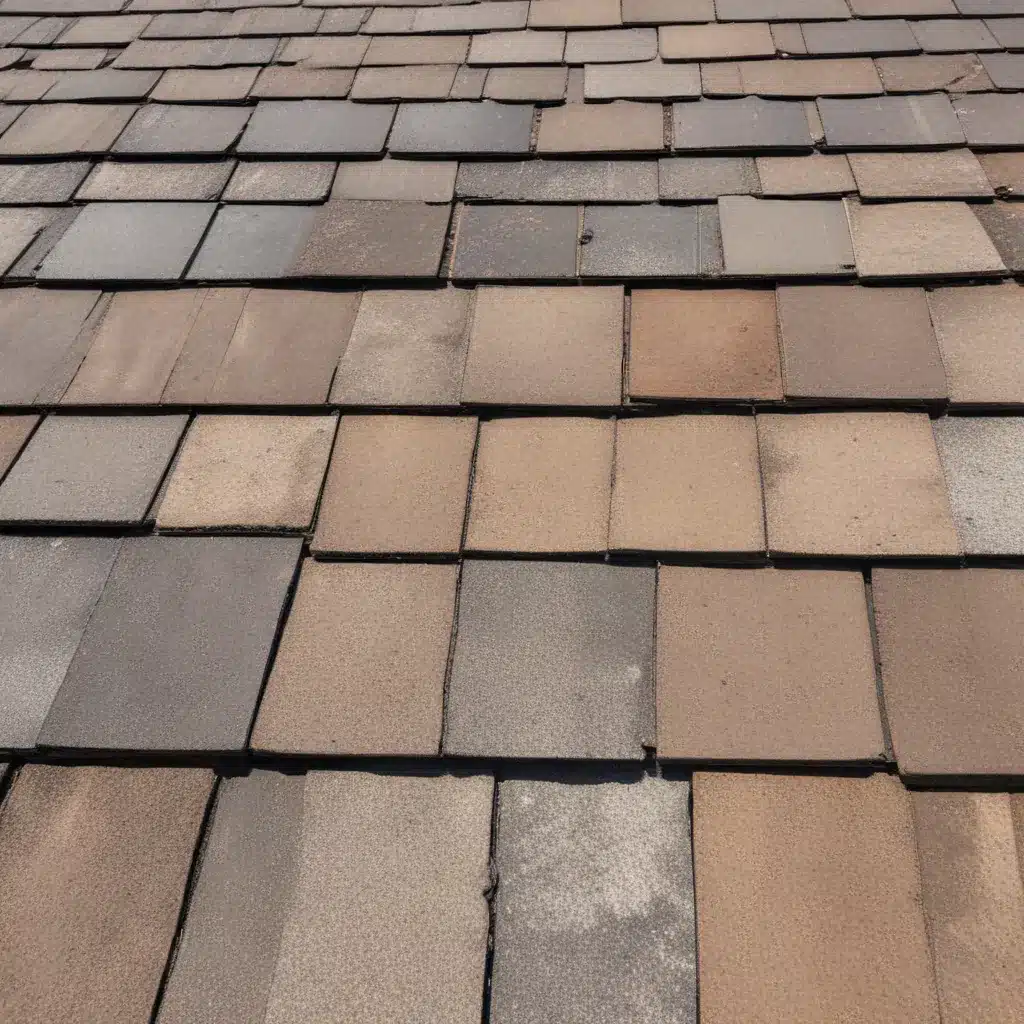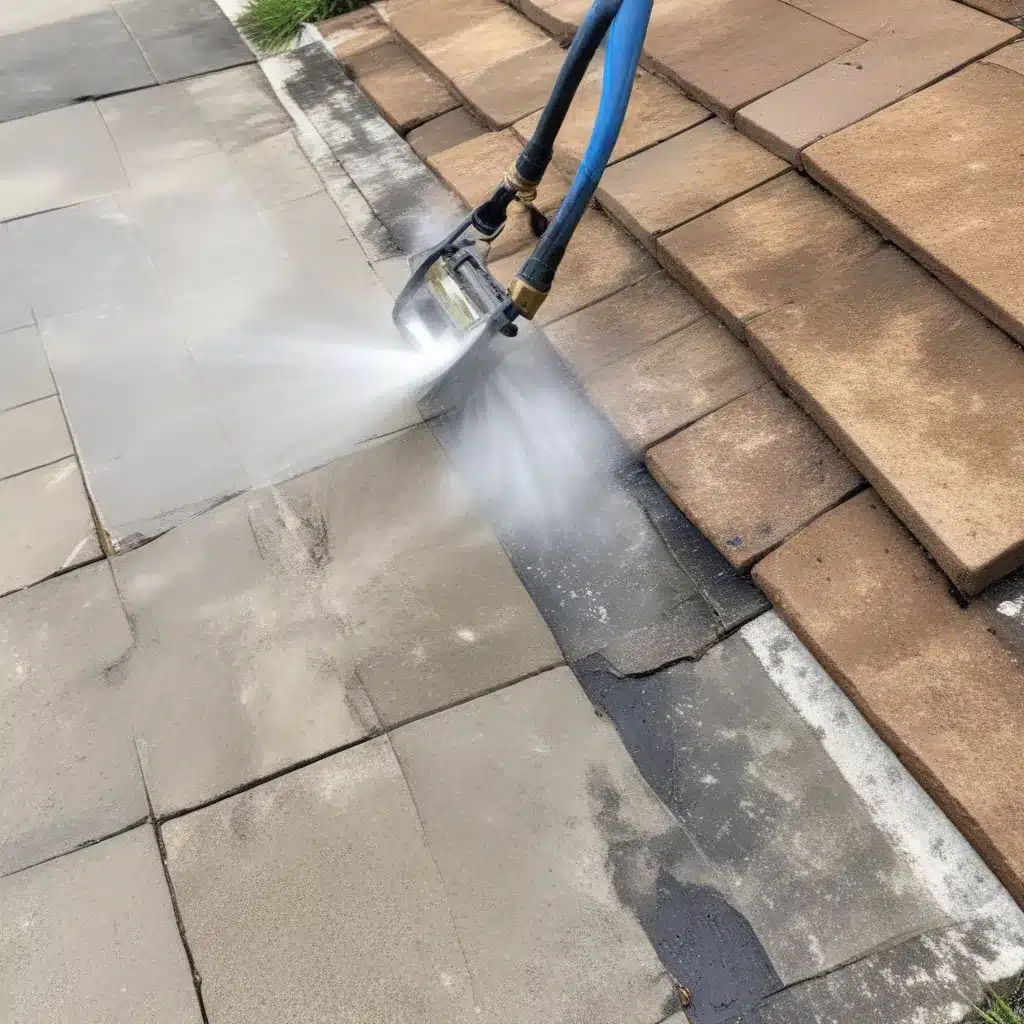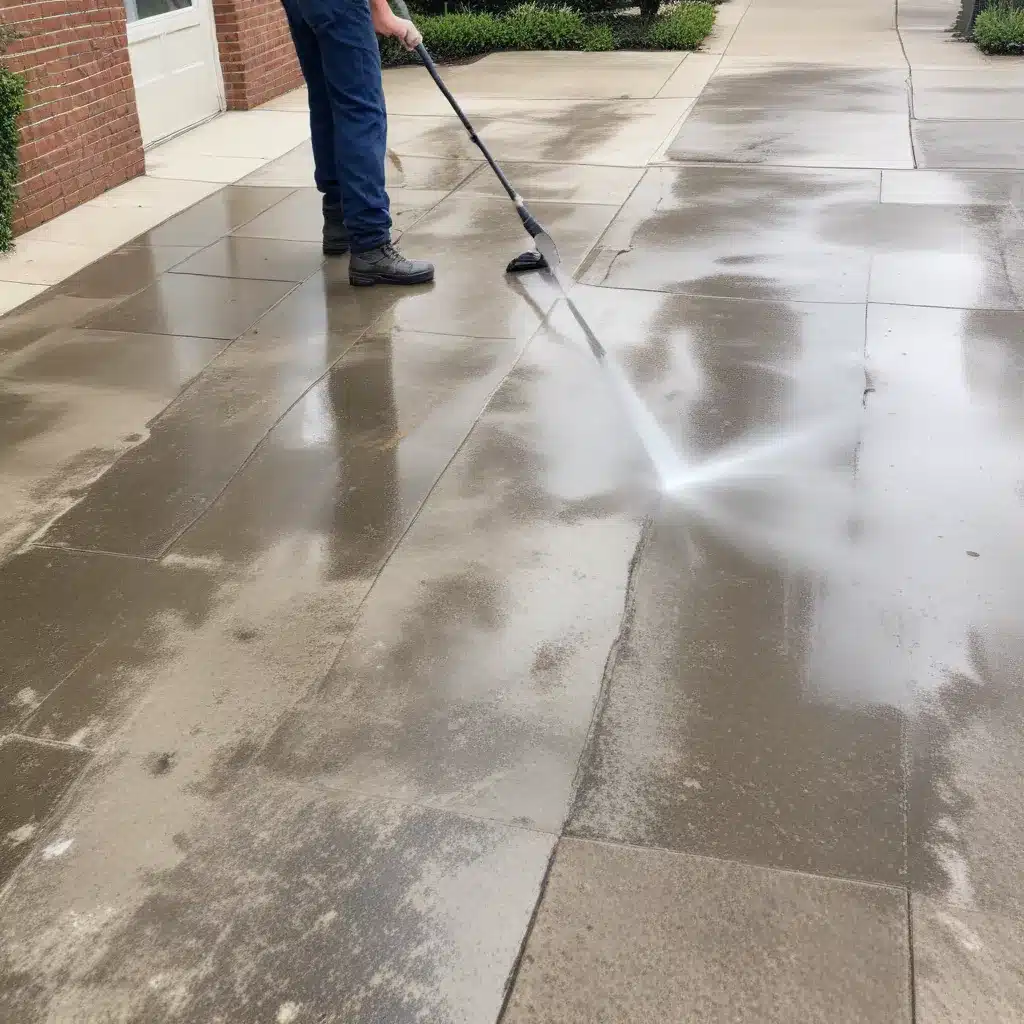
So, you’ve probably heard that pressure washing your home every day is the key to achieving ultimate cleanliness – well, that might be a bit of an exaggeration. But how often should you actually be pressure washing your home to keep it looking its best? Let’s consider some key factors that will help you determine the optimal frequency for this maintenance task.
Key Takeaways
- Adjust pressure washing frequency based on climate, location, and exterior material.
- Regular pressure washing maintains cleanliness, structural integrity, and enhances appearance.
- Consider seasonal needs and specific care for different exterior materials.
- Balance between DIY and professional pressure washing based on cost, time, and quality factors.
Importance of Regular Pressure Washing
Regular pressure washing is essential to maintain the cleanliness and structural integrity of your home. When it comes to exterior maintenance, preventive cleaning is key to keeping your house in top shape. Imagine your walls covered in grime, your driveway a mosaic of oil stains, and your deck looking more like a mossy jungle gym. Not a pretty picture, right? That’s where the magic of pressure washing comes in.
Factors Influencing Washing Frequency
Considering various factors such as climate, location, and the presence of outdoor elements, the frequency of pressure washing for your home may vary. Weather conditions play a significant role in determining how often you should pressure wash. If you live in a humid area with lots of rain, mold and mildew may build up quicker on your home’s exterior, necessitating more frequent washings. Similarly, if you’re in a dusty or windy location, dirt and debris can accumulate faster, prompting more regular cleaning.
The types of exterior materials your home has also impact washing frequency. For instance, surfaces like vinyl siding may require more frequent pressure washing compared to brick or stone exteriors. Vinyl can accumulate dirt and grime more visibly and quickly, making it necessary to clean more often. On the other hand, brick or stone may not show dirt as readily, allowing for longer intervals between washings. So, take a good look at your home’s exterior materials and the prevailing weather conditions to determine how often you should break out the pressure washer.
Recommended Pressure Washing Frequency
Given the factors influencing washing frequency for your home, determining the recommended pressure washing schedule is crucial to maintaining its exterior appearance and integrity. So, how often should you be blasting away dirt and grime? Here are four key points to consider:
-
Pressure Washing Intervals: The frequency of pressure washing depends on your location and climate. If your home is situated in a humid area prone to mold and mildew, more frequent washings may be necessary. On the other hand, drier climates might allow for longer intervals between cleanings.
-
Cleaning Schedules: Establishing a regular cleaning routine can help prevent the buildup of dirt and debris. Consider factors like nearby construction, the presence of trees shedding leaves, or even the number of birds around your home (birds can be messy neighbors!).
-
Home Exterior Condition: Inspect your home’s exterior regularly. If you notice significant grime, stains, or discoloration, it may be time for a pressure wash.
-
Personal Preference: Some homeowners simply prefer a sparkling clean home all year round. If that’s you, more frequent pressure washing might be the way to go!
Seasonal Pressure Washing Considerations
When preparing for seasonal pressure washing, it’s essential to assess the specific needs of your home’s exterior. Weather conditions play a significant role in determining the best time for this task. In the spring, you might be battling pollen and debris, while fall could bring leaf-stained siding. Maintenance is key, and adapting your cleaning techniques to the season can make a big difference.
Different exterior materials require specific care. For instance, vinyl siding may need a gentler approach than brick or concrete. Adjusting the pressure and cleaning solutions accordingly can prevent damage. I find that using a mild detergent and starting from the bottom up helps to avoid streaking.
In the colder months, be mindful of freezing temperatures that can affect the effectiveness of the cleaning process. It’s also a good idea to check for any damage that may have occurred during the harsh weather. By tailoring your pressure washing routine to the season and considering these factors, you can keep your home looking its best year-round.
Signs That Your Home Needs Washing
When I notice visible dirt buildup, mold or mildew, or fading paint color on my home’s exterior, I know it’s time for a pressure wash. These signs indicate that dirt and grime have accumulated, potentially causing damage if left unaddressed. By being proactive and identifying these signs early, I can maintain my home’s appearance and structural integrity.
Visible Dirt Buildup
If you notice a layer of grime or dust accumulating on the exterior surfaces of your home, it’s a clear indication that it’s time to schedule a pressure wash. Here are four signs that your home needs a good washing:
- Windows Playing Hide and Seek: When your windows start to disappear behind a film of dirt, it’s time to bring out the pressure washer and unveil them once again.
- Siding Getting a Camo Makeover: If your siding is starting to blend in with nature due to a layer of grime accumulation, it’s time to show your home’s true colors.
- Porch or Deck Turning into a Mud Spa: When your porch or deck starts looking more like a mud spa, complete with a layer of grime, it’s a sure sign it needs a thorough cleaning.
- Pavement Art Taking Over: When the dirt on your driveway becomes a canvas for unintentional artwork, it’s time to pressure wash away those masterpieces.
Mold or Mildew
Mold or mildew on the exterior surfaces of your home indicates the need for a thorough pressure wash. Not only are these growths unsightly, but they can also lead to serious damage and health concerns. To prevent damage and keep your home looking its best, it’s essential to address mold and mildew promptly. Here’s a fun table to help you identify if your home is in need of a wash:
| Signs of Mold or Mildew |
|---|
| Musty Odor |
| Discoloration |
| Peeling Paint |
| Allergy Symptoms |
| Respiratory Issues |
If you notice any of these signs, it’s time to break out the pressure washer and give your home a good cleaning!
Fading Paint Color
Noticing a fading paint color on your home’s exterior can be a clear indication that it’s time to schedule a pressure wash. When the vibrant hues start looking more like pastel shades, it’s time to bring in the big guns. Here are four reasons why a pressure wash is your best bet for reviving your home’s exterior aesthetics and preserving that curb appeal:
- Paint Maintenance: Regular pressure washing can help extend the life of your paint job.
- Color Preservation: Removing dirt and grime buildup can prevent your paint from fading prematurely.
- Enhanced Curb Appeal: A fresh, clean exterior can make your home stand out in the neighborhood.
- Cost-Effective: A pressure wash is a quick and cost-effective way to give your home a facelift.
Professional Vs. DIY Washing Comparison
When deciding between hiring a professional or doing it yourself, consider the scope of the job and your experience level in pressure washing. As someone who has tried both approaches, I can shed some light on the professional vs. DIY debate. Let’s break it down in a fun table for a clearer picture:
| Factors | Professional Washing | DIY Washing |
|---|---|---|
| Cost | Can be pricey | Initial investment in equipment |
| Time Efficiency | Quick and efficient | Requires more time and effort |
| Experience Needed | None required | Some experience beneficial |
| Quality of Work | High quality results | Results may vary |
In terms of cost comparison, hiring a professional can be a bit heavy on the wallet, but you’re paying for convenience and expertise. On the other hand, DIY washing saves money in the long run but requires an initial investment in equipment. Time efficiency is a significant factor; professionals are quick and efficient, while a DIY approach demands more time and elbow grease. Ultimately, the decision boils down to your budget, time availability, and comfort level with pressure washing.






